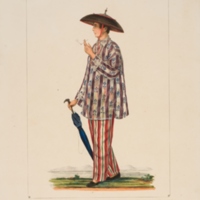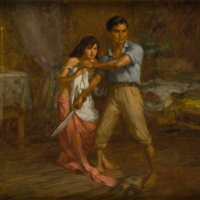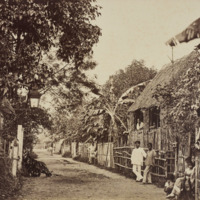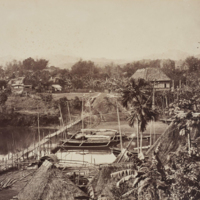Old City
Text
Born in 1926, Luz was among the pioneering postwar generation of artists in the Philippines who experimented with form and leapt into abstraction. He was a versatile artist, working in painting, printmaking, sculpture, photography and design. He said, “my work is relatively simple; there’s nothing complicated about it. It involves the same problems except that I keep changing the medium. My work is linear and geometric, and that’s it, essentially.”
As an artist, Luz won several prizes from competitions of the Art Association of the Philippines and represented the Philippines in the Sao Paolo Biennale (1971) and the Tokyo International Print Biennale (1974). In 1960, Luz opened the influential Luz Gallery in Manila, which for many years was considered a trendsetter in the local art scene until it closed in 2003.
Luz also held numerous institutional positions such as president of the Art Association of the Philippines, executive director of Design Center Philippines, director of the Museum of Philippine Art and director of the Metropolitan Museum of Manila. He was conferred the Philippine National Artist Award in the Visual Arts in 1997.
Old City was likely inspired by Manila’s rapidly expanding cityscape. However, it reduces its subject to a fine pattern of lines on a muted background. He initially painted simplified representations of musicians, vendors, cyclists and the like, but from 1969, moved away from legible subject matter to concentrate on shapes and linear structures.
Share this



